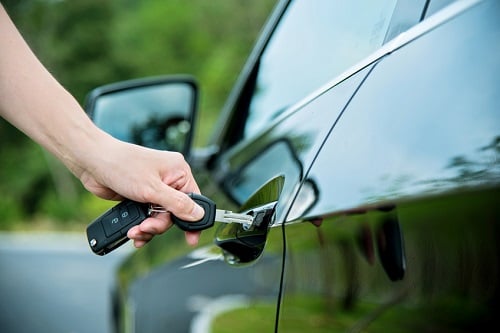Robust commercial auto insurance is paramount for any organization that owns, leases or rents cars, trucks and other vehicles. However, an organization with employees who operate company vehicles that are leased, rented or owned also comes under the commercial auto umbrella. The financial costs associated with a commercial auto accident or event can severely impact a client’s business operations, especially if an employee was found to be at fault or if the vehicle was damaged or not road-worthy at the time of the accident.
Even an organization with employees who drive their own vehicles to conduct business can be at risk if one those workers has an accident or business-related incident during work hours.
The coverage challenge An incident on the road shouldn’t have to lead to a breakdown in your client’s business activities. A good commercial auto policy will help a client pay for damaged property as well as medical expenses. Damage to all areas of the vehicle should also be covered so that if an accident or vandalism does occur, your client will be able to continue their day-to-day operations with minimal business interruption. But what can brokers do to help their clients in the commercial auto space get the coverage that suits their specific needs?
“Brokers should pay close attention to contractual provisions at the front end of the submission process, and also know that a comprehensive submission helps get the file to the top of underwriter’s stack,” explains Chris Moulder, vice president and broker at
Worldwide Facilities. “A good submission includes things like safety information, driver hiring guidelines, motor vehicle records and as much supplementary information as possible to make the underwriter comfortable with the account.”
The commercial auto space can be a lucrative one, but according to Moulder, there are a fairly limited number of monoline auto markets available. This can create turmoil when segment results are not favorable. “In times when segment results aren’t good, we do see underwriters come and go from this space,” Moulder says. “But for those brokers with patience and technical knowledge, who remain as a stable source for their clients, this can definitely be a lucrative focus area.”
Disappointing segment results in the commercial auto space have led certain carriers to discontinue new business writings. As a result, certain classes are having a tough time finding coverage.
“Log haulers and oil & gas providers are two subclasses that have been hit pretty hard,” Moulder says. “It’s tough for brokers to find a home for some clients who were traditionally placed with a standard market. We’re seeing some transportation classes being forced to move toward specialty or E&S wholesale markets, which changes the pricing scheme quite a lot.”
To become successful in commercial auto and garage insurance, Moulder advises brokers to give sustained focus to the space and treat it as a true growth segment.
“Brokers need to go all in and really get to know what the submission requirements look like, because they can be a little more onerous than a general liability submission,” he says.
“Brokers should always know of any contractual provisions that their client may have – for example, some may require that owned autos, hired autos and non-owned autos be covered for the contract terms. But unfortunately, given the upheaval in the market, some carriers are only willing to offer a scheduled autos approach.”
(To be continued)


